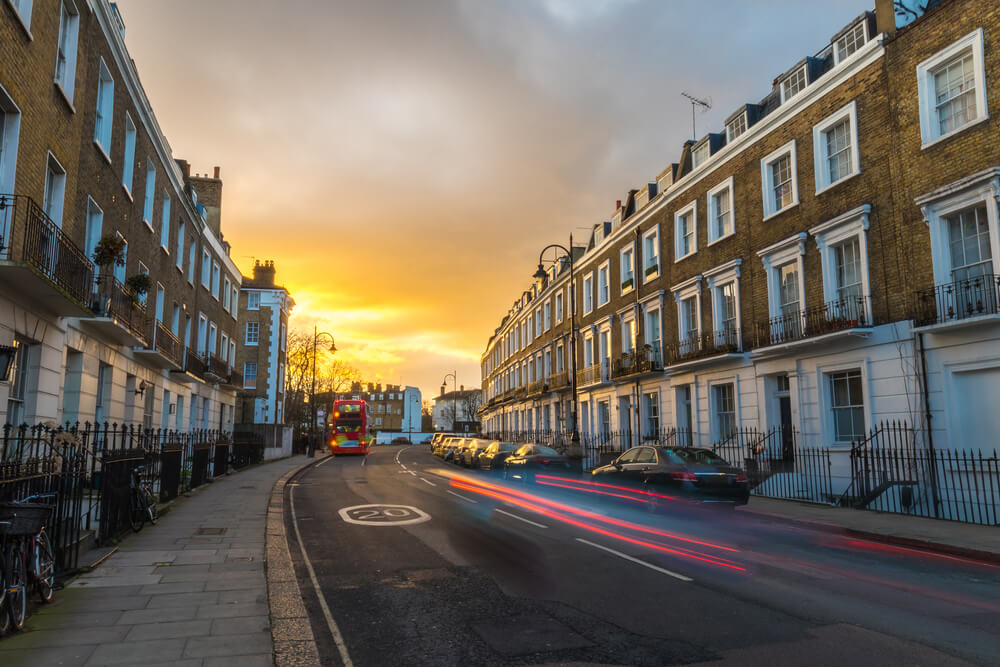Currently lender’s requirements are driven by an agreement reached between the governing body for surveyors RICS, the Building Societies Association and UK Finance who represent a number of mainstream lenders. They have agreed an industry wide process to be used by valuers, lenders, building owners and fire safety experts in the valuation of high rise properties. This flows from the requirements of the Regulatory Reform (Fire Safety) Order and the recently enacted Fire Safety Act.
The process requires a fire safety assessment to be conducted by a suitably qualified and competent professional and confirmed using an EWS1 form (external wall fire review). This reports whether combustible material is present in the external wall system of the building.
This form was introduced to deal with concerns about the combustibility of cladding and insulation used in high rise residential buildings following the Grenfell Tower fire on 14 June 2017. The government responded by banning the use of combustible cladding on high rise buildings via regulations that came into force in December 2018 in England. Concerns remained around work carried out before the introduction of these regulations. The property market needed clarity as to whether particular buildings were affected to enable flats in them to be traded and mortgaged. The form was introduced to give assurance to lenders, valuers, residents, buyers and sellers, the aim being to confirm whether remedial works are required to the external wall system of a given building giving an indication of the scale and cost of the works.
Initially the form addressed buildings where the highest floor was 18m or more above ground level or where specific concerns existed. However, lenders were not restricted to the types of building in respect of which they could demand this form and in response to a change in government advice in January 2020 many expanded the buildings where they required an EWS1. The government sought to address this by announcing in November 2020 that owners of flats in buildings without cladding wouldn’t require the form to sell or remortgage and the government began publishing estimates of how many buildings would require it. New guidance was then published by RICS in March 2021 indicating when the form should be utilised being buildings of:
- Over six storeys where there is cladding or curtain wall glazing or balconies that stack vertically above each other containing combustible material; or
- Five or six storeys where there is a significant amount of cladding on the building containing ACM, MCM or HPL panels or such balconies exist; or
- Four storeys or fewer where there are such panels.
Concern remained that lenders were insisting on the form being provided for other buildings. Valuers would have to follow their lender client’s instructions.
On 21 May Clive Betts MP Chair of the Housing Communities and Local Government Committee stated that the EWS1 system wasn’t working due to lenders requiring the form to lend against the property even where the building wasn’t within the scope of the guidance. He wrote to the government with his concerns asking that they support the guidance by requiring lenders to adhere to these criteria.
Now the government has announced (on 21 July) that, as recommended by an independent expert panel, there should be no need for an EWS1 form for flats in blocks under 18m. HSBC UK, Barclays and other lenders have said this will pave the way for dispensing with the forms for buildings below 18m. The government hopes other lenders will follow suit.
The expert statement is available here:
This statement also recommended that:
- The creation of a clear route for flat owners to challenge the cost of remediation work and obtain insurance regarding proposed work.
- The government coordinate with the building safety regulator around implementing an audit process for fire risk assessments to ensure they reflect the guidelines.
- Fire risk assessors and lenders only to assume risk to life if evidence supporting that present.
This should enable more flat owners to sell and mortgage without this difficulty. For our other articles on this and other leasehold related subjects we have written please see:
-
- Case Law and Legislative Developments – Enfranchisement
- Queen’s Speech: Ground Rent Reform
- Queen’s Speech 2021
- SDLT Update: Temporary Reduced Rates for Residential Property Purchases Extended
- Fire safety / building safety – no slowdown in legislative programme
- Welcome further funding for cladding but the devil, as always, is in the detail



